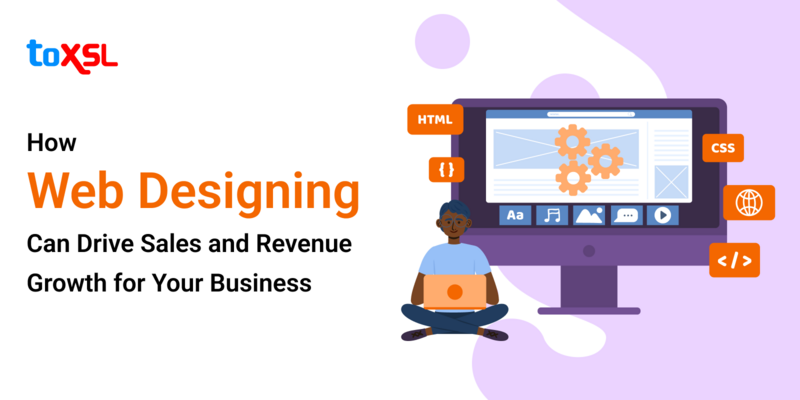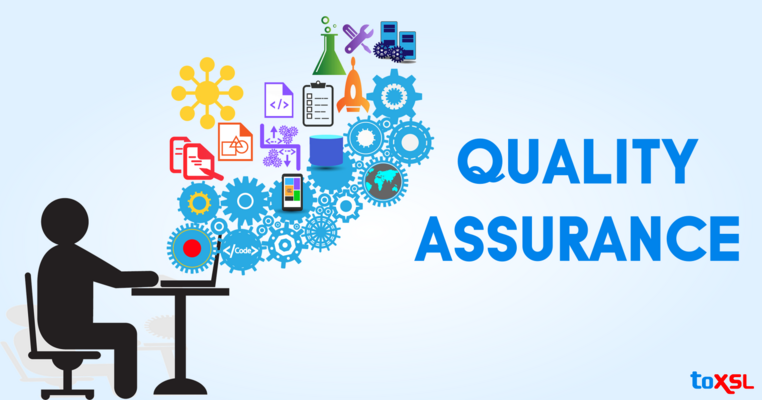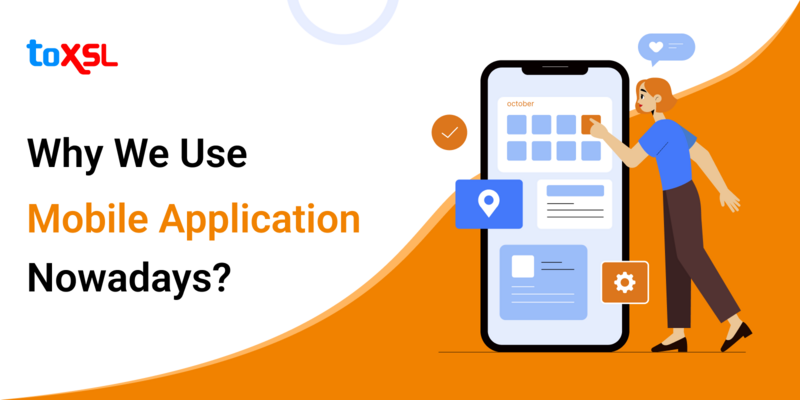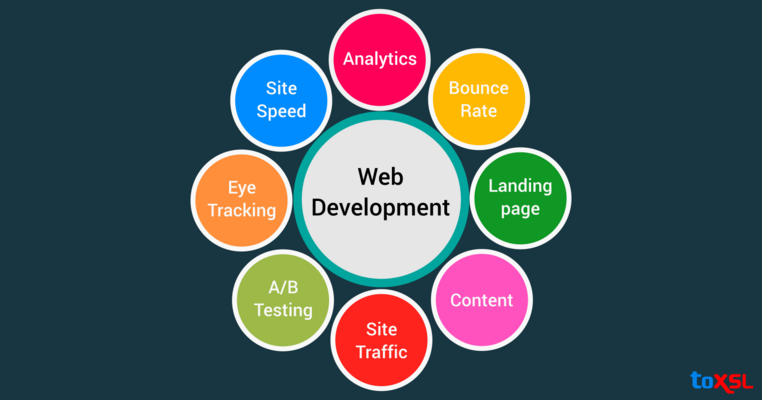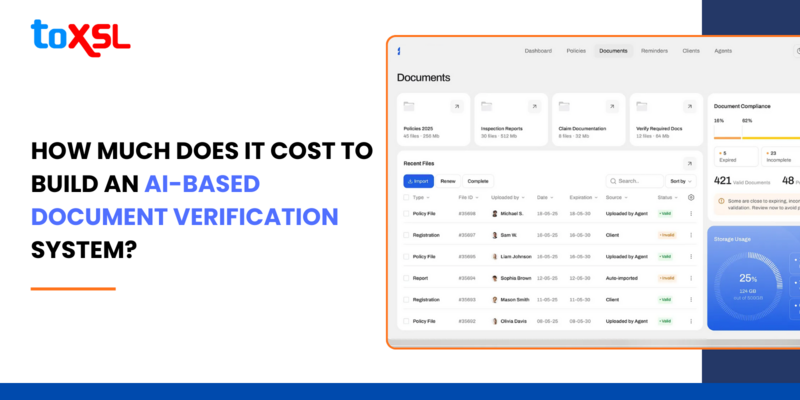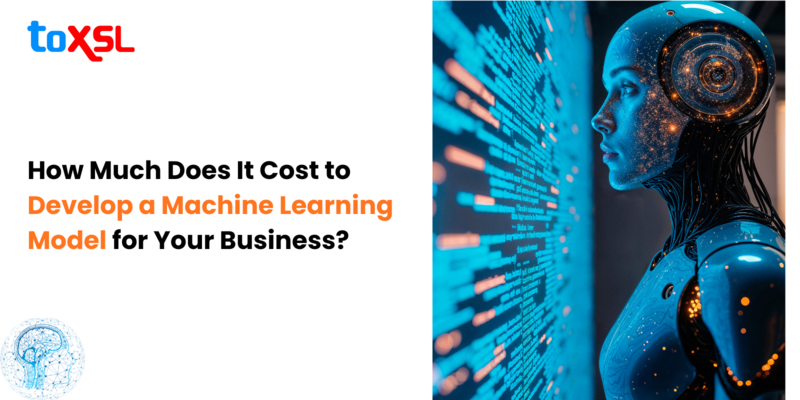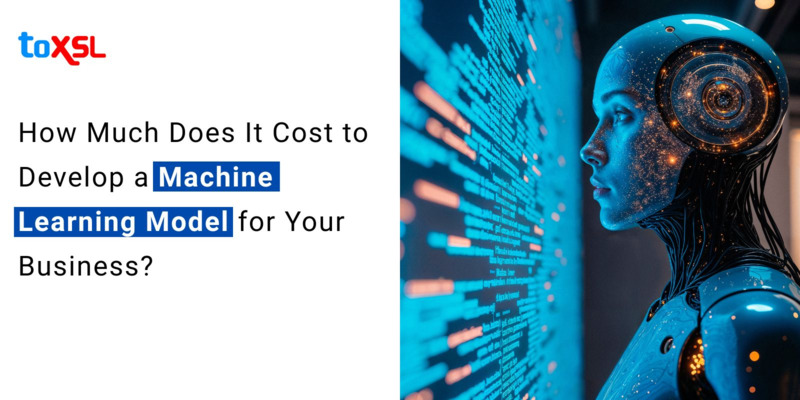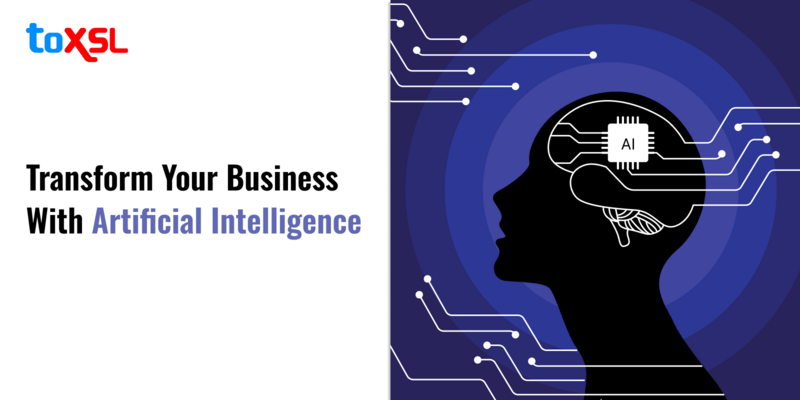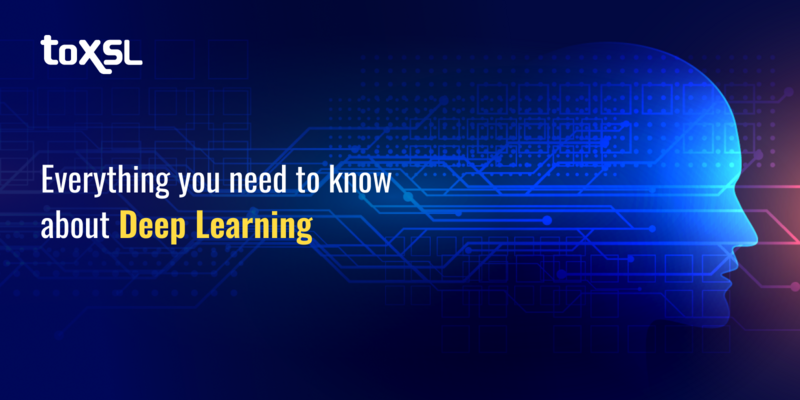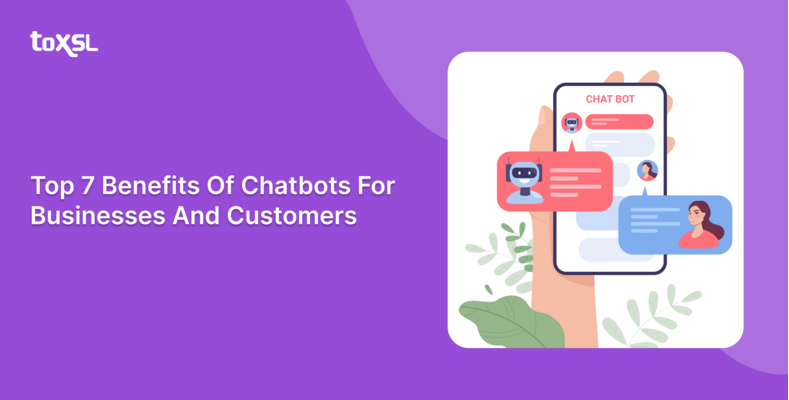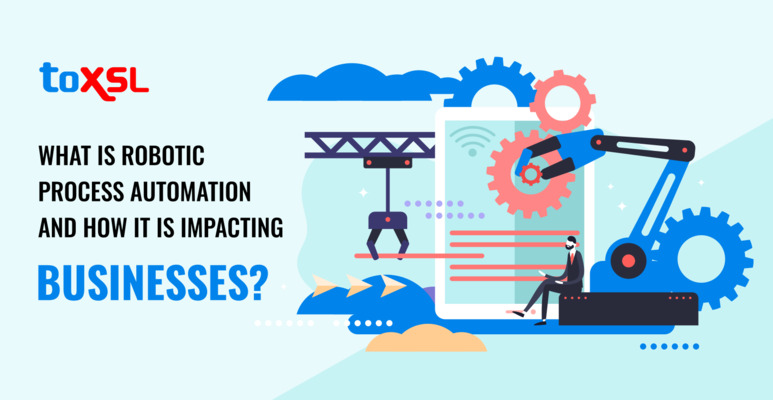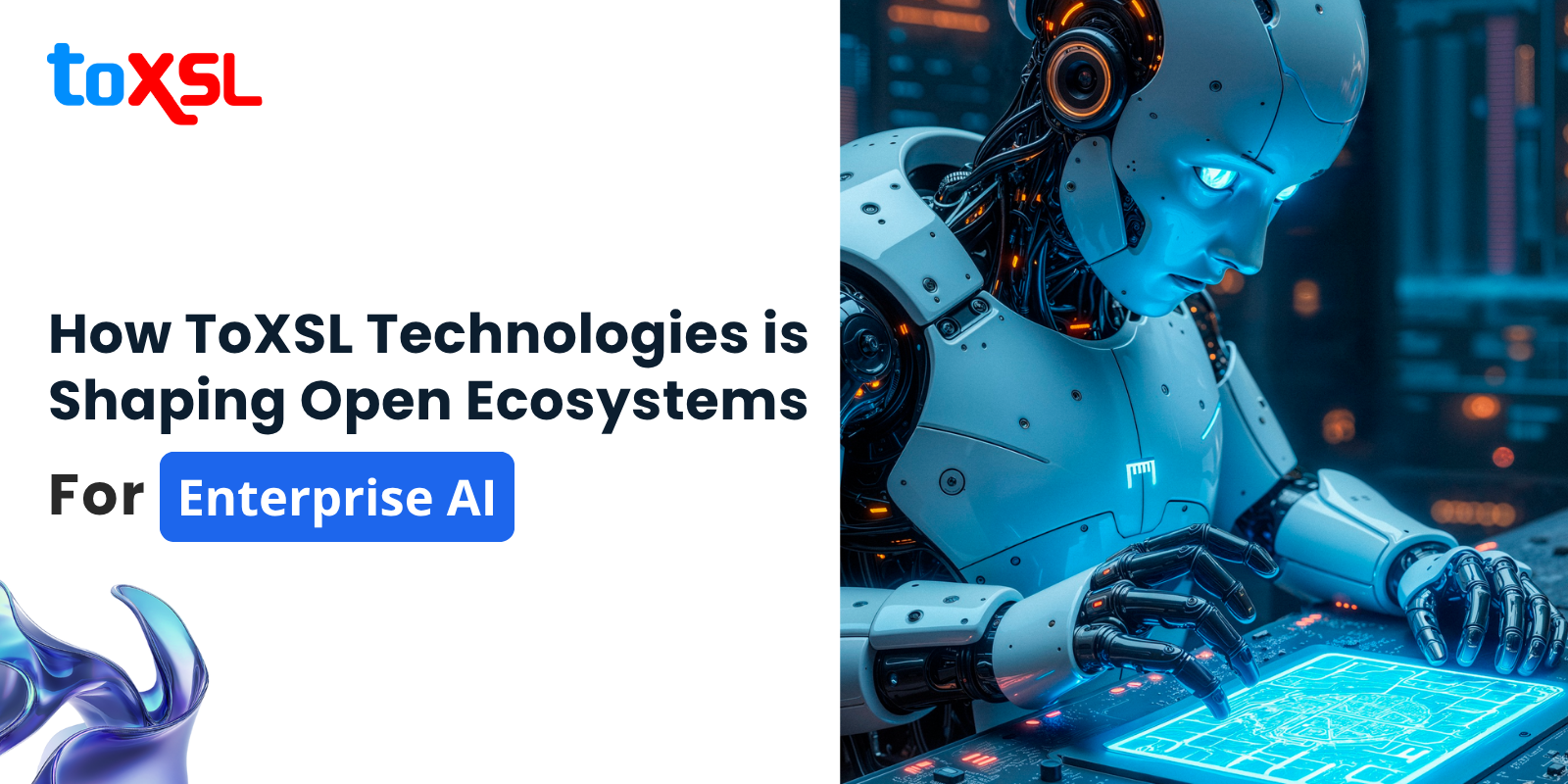
As enterprises are integrating AI into their core systems, closed ecosystems are becoming a big “No” due to the growing demands of modern business. There are siloed platforms that may offer short-term speed but are not trustworthy and do not necessarily offer long-term flexibility. However, businesses are under pressure to scale and innovate while maintaining responsibility. Hence, as a solution to this, businesses are moving towards Artificial Intelligence.
Key Takeaways:
1. Get tailored AI solutions such as generative AI, smart AI agents, and chatbots to meet unique business goals and boost productivity.
2. Leverage smooth AI integration into cloud, mobile, and legacy systems to ensure scalabhttps://toxsl.com/service/59/machine-learning-developmentle, interoperable deployments.
3. Promote collaboration among data scientists, engineers, and business teams through shared models and continuous integration.
4. Get strong AI governance and security, including real-time monitoring and human oversight to maintain accuracy and compliance.
5. Allow businesses to scale sustainably and realize strong returns on investment.
Top Benefits of Enterprise AI

Drive Innovation: Large businesses have large business teams. However, due to budget constraints, it gets tough for businesses to apply data science skills. Businesses are using various technologies such as artificial intelligence and machine learning to drive innovation. Anyone in the company can suggest, try, and use AI tools in their work. Domain experts can contribute to AI projects and guide digital changes.
Increase Governance: When business teams work on AI in silos, it is hard to see the whole picture and manage it well. This lowers the visibility and governance, making it hard to use AI, especially for important decisions. Big organizations make the process clear and controlled. Organizations can manage who sees private data following rules while still supporting new ideas. Data science teams use clear AI methods to explain how AI makes choices and build trust with users.
Reduce Costs: Managing costs for AI projects needs careful control of work, time, and computer power, especially when training AI. A big company AI plan can make repeated tasks automatic and the same across the company. AI projects get shared and growing access to computer power while stopping overlap and waste. This helps us use resources better, make fewer mistakes, and improve work processes over time.
Enhance Productivity: By making regular tasks automatic, AI can save time and allow people to focus on more creative and useful work. Adding intelligent features to big company software can also speed up business work, cutting down the time needed between different steps in any company activity. A shorter time from planning to selling or making to delivering can give quick benefits on money spent.
Use Cases of Enterprise AI
Enterprise AI apps can improve and manage the supply chain effectively, find fraud, and handle customer relationships. Let us see some real examples:
Research and Development: Organizations can study large amounts of data, predict future trends, and test results to save a lot of time and resources in making products. AI models find patterns and lessons from past product wins and losses to help create new products. They also help teams in different places work better together on hard projects.
Asset Development: AI tools help manage buying, using, and getting rid of physical and digital items in a company. For example, predictive computer programs can tell when machines might break or need fixing. They can also suggest changes to run machines better, save energy, or make items last longer. With AI tracking systems, companies can see where their items are and how they are doing in real time.
Customer Services: AI tools help manage buying, using, and getting rid of physical and digital items in a company. For example, AI-powered chatbots and virtual assistants handle numerous customer inquiries without human interference. Also, with AI tracking systems, companies can see where their items are and how they are doing in real time.
Key Technology Considerations in Enterprise AI

Data Management: AI projects need easy and secure access to the organization's data. To achieve this, companies must develop strong data engineering pipelines that handle different types of data processing, such as streaming or batch. They also need systems like data catalogs that help data scientists find and use the data sets they need.
Model Training Infrastructure: Businesses need to establish a centralized infrastructure to develop and train machine learning models. For example, feature engineering includes extracting and transforming variables or features from raw data. These features can be price lists and product descriptions. A centralized feature store allows various teams to collaborate and promote reuse.
Central Model Registry: A central model registry is like a shared directory in a company where all large language models (LLMs) and machine learning models created by different teams are stored and managed. It helps keep track of different versions of a model, so teams can see how models have changed over time, compare how well each version performs, and make sure the most useful and updated models are being used in real work.
Model Deployment: Practices like MLOps and LLM Ops bring operational efficiency to enterprise AI development by applying DevOps principles to the unique challenges of AI and machine learning. These practices automate key stages of the machine learning and large language model (LLM) lifecycle, including data preparation, model training, testing, and deployment. Automation reduces manual errors and speeds up processes, enabling teams to build robust ML and LLM pipelines that support continuous integration and continuous delivery. This means teams can update and improve models based on real-time feedback and changing business needs.
Model Monitoring: Monitoring AI models is very important to make sure they stay reliable, accurate, and useful over time. AI models can sometimes make mistakes or give wrong information, and their answers can become outdated as conditions change. To manage this well, organizations need to have humans involved who regularly check AI outputs for accuracy and relevance. These experts help catch and correct problems. Using real-time feedback from users also helps keep AI models on track. This feedback allows organizations to adjust and improve models continuously, making sure they keep meeting the needs of users and stakeholders. Good monitoring involves watching key performance metrics, detecting when the model’s data or behavior drifts from expectations, setting alert thresholds for issues, and logging detailed information about model activity. Continuous and automated monitoring helps quickly find and fix problems before they impact users.
Cost of Enterprise AI Development
AI Solution Type | Description / Use Case | Estimated Cost Range (USD) | Development Timeframe |
|---|---|---|---|
Basic AI | Rule-based systems, simple automation, basic apps | $8,000 – $10,000 | 1–3 months |
Chatbot | Simple Q&A bots to advanced NLP chatbots | $10,000 – $60,000 | 1–2 months |
AI Agents & Assistants | Custom AI assistants handling tasks and systems | $40,000 – $100,000+ | 2–4 months |
Custom AI Model Development | Tailored models for prediction, analysis, complex tasks | $15,000 – $150,000+ | 2–6 months |
Mid-Level AI Solutions | ML models, NLP, recommendation engines | $30,000 – $40,000 | 3–6 months |
Advanced AI Solutions | Deep learning, generative AI, computer vision | $50,000 – $80,000+ | 6–12+ months |
Enterprise Custom AI | End-to-end AI ecosystems, large scale transformation | $50,000 – $1,00,000+ | 12+ months |
Industry-Specific AI | Healthcare, finance, retail with regulatory compliance | $50,000 – $60,000+ | 6–18+ months |
AI SaaS Platform | Mid-level SaaS including frontend, backend, AI integration | $56,000 – $1,00,000 | 3–6 months |
Conclusion:
Frequently Asked Questions
ToXSL provides custom AI solutions, including generative AI, AI agents, chatbots, predictive analytics, and AI security, tailored to different business needs.
We specialize in seamless integration of AI models, mobile, web, and legacy enterprise platforms to ensure interoperability and scalability.
An open AI ecosystem allows collaboration and interoperability across teams and platforms. ToXSL fosters this using shared model registries, MLOps pipelines, and continuous integration systems.
We implement robust governance frameworks, including real-time monitoring, human-in-the-loop mechanisms, data privacy controls, and compliance management.
ToXSL serves diverse sectors such as healthcare, finance, retail, manufacturing, and automotive with industry-specific AI applications.




